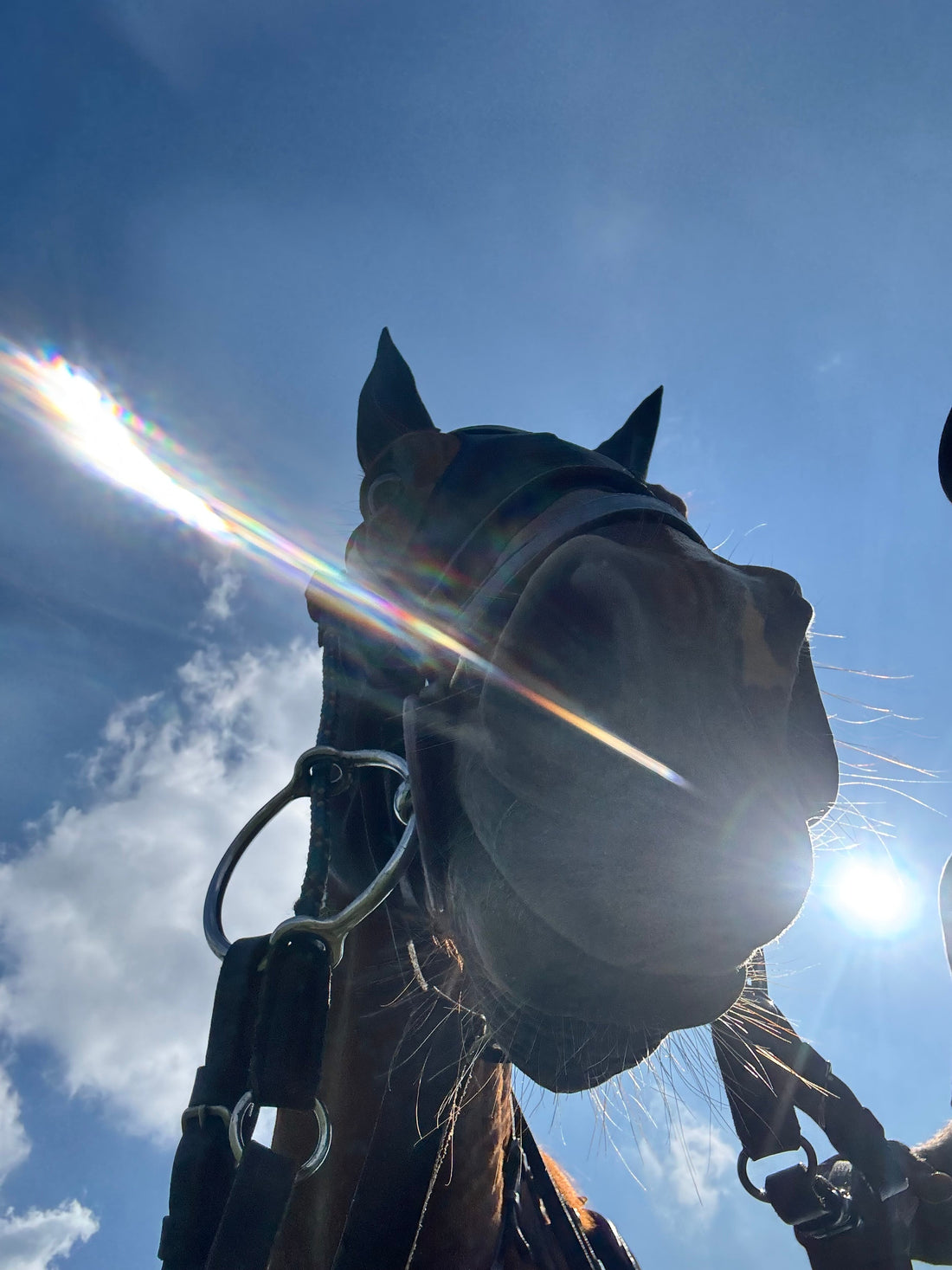
High Society, High Horses – and Real Horsepower: 7 Polo Myths That Just Don’t Hold Up
Polo. For many people, the word itself sounds like privilege: fancy clothes, champagne flutes, private clubs, and horses as accessories.
But here’s the twist: behind the stereotype is a sport that’s demanding, passionate, and built on deep respect for horses.
Especially in countries like Argentina, but also across India, Germany, the U.S., Kenya, and more, polo is played by people who are far from elite – but full of commitment.
Let’s take a closer look and bust the most common myths about polo – with some facts, honesty, and maybe a little love for the ponies.
1. “Polo is just for rich people with too much time and land.”
It has that image – especially at high-end tournaments.
But the reality is much broader.
In Argentina, polo is practically a rural tradition, not a luxury hobby. Many of the world’s top players come from working-class backgrounds, growing up with horses, learning to ride before they could read, and building careers from the ground up.
But the same is happening elsewhere: In India, Pakistan, South Africa, Germany, the U.S., and beyond, there are youth programs, university teams, and community clubs where polo is surprisingly accessible.
👉 Fact: Yes, horses cost money. But polo is not just for millionaires – it’s also for people who work hard, love horses, and make the sport their passion.
2. “Aren’t polo ponies just treated like sports equipment?”
That’s a fair concern – and it applies to every equestrian sport.
In disciplines like jumping, dressage, or eventing, horses are trained intensely to reach top performance. Many riders care deeply about their animals, but the reality is: horses are often selected, managed, and sometimes rotated based on results.
In polo, success isn’t about perfection – it’s about connection. Riders work with horses who think, respond, and feel the game.
Many players spend years with the same ponies, who are often still active well into their teens – which speaks volumes about their long-term care and happiness.
Especially in Argentina, but also in Europe, the U.S., and other parts of the world, polo horses are treated as teammates, not tools. They rest between chukkers, have tailored training, and are read like friends – not machines.
👉 Polo demands sensitivity, not domination. There’s no win without a horse that wants to play with you.
Fact: In polo, the horse isn’t just a piece of gear – it’s half the team. Maybe more.
3. “It’s a dangerous sport – for horses and riders.”
Yes, polo is fast and physical. It’s a contact sport on horseback.
But the horses are trained for it, and there are strict safety rules in place: controlled riding lines, professional referees, and equipment checks before each match.
Unlike some sports where power is pushed to the limit, polo relies on balance, reaction, and mutual trust. If your horse isn’t willing, you’ve already lost.
👉 Fact: It’s not without risks – but well-trained players and horses make polo safer than it looks.
4. “Polo is elitist and completely disconnected from real life.”
That’s what it looks like on Instagram sometimes.
But worldwide, polo is often played on dusty fields, local farms, and community-run clubs – far from the champagne tents and velvet ropes.
In Kenya, kids from all backgrounds play together. In India, the army and civil society teams train on the same grounds. In South Africa, polo is used in community projects to bring people into equestrian sport. And in Argentina, matches are backyard events with dogs running through the sidelines and family barbecues.
👉 Fact: Polo can be exclusive – but in much of the world, it’s becoming inclusive, social, and proudly local.
5. “It’s all about image – not the horses.”
Sure, some people come for the fashion – but the players come for the ponies.
Top-level professionals like Adolfo Cambiaso (ARG), Nina Clarkin (UK), or Nacho Figueras (ARG) care far more about training, bloodlines, and horse care than they do about appearances.
Most pros spend more time cleaning bridles than checking Instagram.
👉 Fact: Polo isn’t about branding – it’s about bonding.
6. “The horse does all the work – the rider just sits there.”
Not even close.
A polo player rides at full speed, controls the horse with legs and reins, tracks the ball, coordinates with teammates, and swings a mallet – all while planning their next move.
And most importantly: they have to train the horse to do it with them.
The result? A kind of wordless teamwork that’s closer to dancing than domination.
👉 Fact: A great polo player is an athlete, trainer, and strategist – all in one.
7. “Nobody watches polo – it can’t be that good.”
True – it’s not on prime-time TV.
But the sport is booming online: tournaments from Argentina, the UK, and the U.S. are now streamed on YouTube, ESPN Polo, and social platforms like PoloLine.
Highlights, replays, interviews, slow-mos – the content is there. It just hasn’t gone viral yet. (But it should.)
👉 Fact: Polo might be under the radar – but once you watch a good match, you’ll understand why players and fans are obsessed.
🐴 Final Thought:
Polo isn’t a sport of silver spoons – it’s a sport of muddy boots, saddle soap, early mornings, and deep love for horses.
In Argentina, yes – but also in growing clubs around the world, from Germany to Ghana.
Behind the style is substance. Behind the gallop is teamwork.
And at the heart of it all?
A horse that trusts you – and plays with you.
